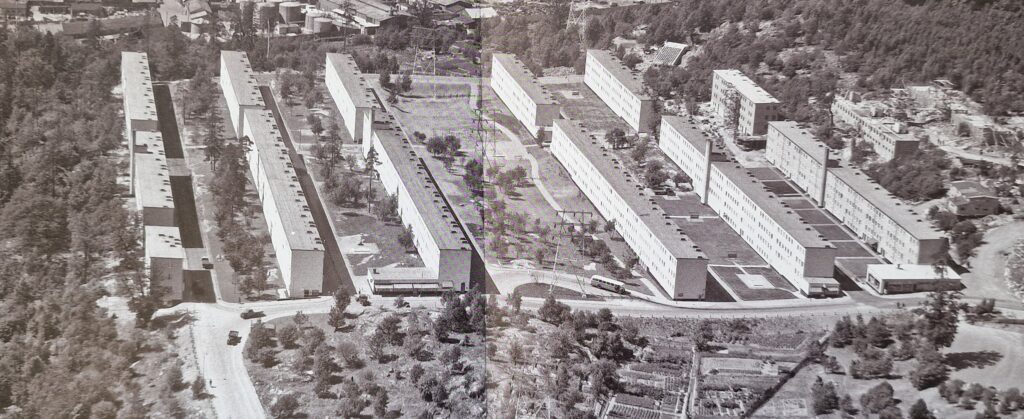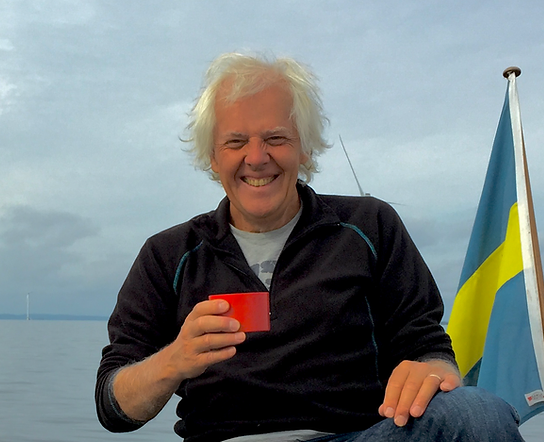The functionalist houses in “Abyssinia” built in 1935, with inspiration from Germany, had narrow house bodies with a relatively large wall area in relation to the flat surface area. The large exterior wall surfaces, thin brick walls and simple outward-opening windows caused the houses to lose a lot of heat energy. In Mats Rehn’s book “Hjorthagen och runtomkring” one can read the following: “Among the disadvantages were also the unexpectedly high heating costs. Especially the apartments at the gables and on the ground floors turned out to be cold. …/… Three machinists were employed for loading the coal burners…”
The windows are the main cause for the large energy losses. The houses should be cheap, which led to a simpler window model – in the 1930s called “summer cottage window” – being installed. The cheaper purchase price led to high heating costs. Over the years, the windows have become warped and cause an unusually large energy leak.

Various attempts have been made to push the association to undertake measures reducing energy losses and lowering heating costs. In 2015, members submitted a written proposal to the board with suggestion to invest in heat pumps and disconnect the district heating.
In 2018, an overarching proposal to the board to take comprehensive measures was submitted by a member. At the same time, the board also received a profitability calculation showing the profitability of stopping the use of evacuation dryers in the laundry rooms. Despite this, in the fall of 2021 the board purchased a new evacuation dryer for one of the association’s laundry rooms. In September 2022, the popular and nationally well-known energy consultant Willy Osciansson visited the association. Shortly after his visit, Willy submitted his Ecodrive report for Hjorthagshus to the board.
